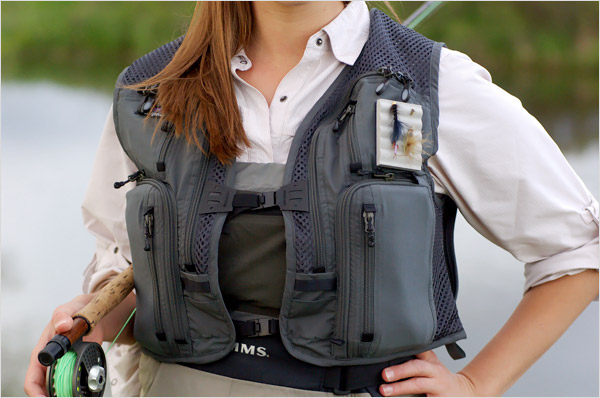If you’re new to tennis, you might be wondering why you need special shoes in order to excel on the field. Perhaps your running shoes appear to be a good enough choice, but keep in mind tennis and running shoes are designed for different bodily gestures and movements.
For example, you will go side to side almost continuously in tennis, whereas sprinting is largely forwards. Tennis footwear is created with that side-to-side movement in mind and is supposed to be more stable and supportive. It’s also made to be more resistant to tearing, especially if you play on hard courts and play often.
What Kind of Shoes Do You Wear for Tennis?

Source: perfect-tennis.com
Ideally, you should go for tennis sneakers with an outsole made specifically for the type of surface you’ll be playing on. Why? Because clay, hard, and grass courts all affect the game differently, therefore your footwork will also shift accordingly. Wearing sneakers built to handle the construction of the court is essential for maintaining proper footing on each court surface. And here are more details about it:
1. Hard Court
A hard court is the most commonly used surface in tennis. This court is also the most demanding in terms of outsole durability. Hard court tennis sneakers outsoles typically include a modified herringbone pattern to provide the ideal balance of grip and give on the court. There are various types of hard-court shoes available, ranging from lightweight, speed shoes to more robust, sturdy alternatives. Because energetic movers can quickly wear out shoes on hard courts, some shoes provide a six-month outsole guarantee.
2. Clay Court

Source: pinterest.com
On the outsole of a shoe designed for use on clay courts, you’ll frequently see a full-textured look. With these tennis shoes you’ll have better traction on the court for running, stopping, and changing directions thanks to this pattern’s ability to keep clay out of your outsole.
If any clay does accumulate, you can shake it loose by tapping your shoe with your racquet in between games. The herringbone pattern makes side-to-side sliding more consistent, which aids in gliding into shots and regaining balance after misses. Also, it provides the grip you need to go forwards and backwards without incident.
You should get a pair of clay-specific shoes if you plan on playing on clay frequently since their tighter knit upper not only improves stability but also keeps the clay out. Investing in a good pair of shoes for tennis will do wonders for your comfort, self-assurance, and game.
3. Grass Court
Grass, much like clay, is easier on the body and the joints. Due to the fast pace of play on grass courts, you need to make sure you buy tennis shoes with a grass court outsole. The features of this type are a nubby or pimpled outsole that acts like cleats.
As a result of this design, players can enjoy superior grip even when playing on surfaces that tend to be wet. The court shouldn’t suffer any damage, and players will appreciate the confidence boost from the rough outsole as they sprint across the court. Unlike hard court shoes, these are limited to use only on grass.
Pay Attention to the Special Features
What kind of player are you? Are you a quick-footed player who sprints all over the court? Are you a hard-hitting baseliner who is more concerned with ankle support? Maybe you’re looking for something in the middle. When looking for tennis shoes online and reading evaluations, check if your chosen model has these important features.
Stability and Support

Source: holabirdsports.com
How well your shoes hold your feet in place and stop them from sliding around is what we mean when we talk about supportive soles. We are also discussing the stability of the footwear and its ability to prevent you from twisting your ankle or tripping.
In a sport such as a tennis where so much of the action takes place on the sides of the court, stability and support are particularly crucial. Weights range from those designed to be barely noticeable to those that provide significant support and stability.
Weight
There could be a number of factors at play when it comes to creating the shoes that actually live up to their claims of being lightweight and quick. After years of testing countless pairs of shoes for this sport, manufacturers have concluded that a shoe’s weight on a scale doesn’t accurately reflect how light or heavy it actually feels when playing.
Lightness and swiftness could result from optimal fit, clever design, or sufficient traction. A common drawback of lightweight footwear is its lack of durability. One simple way to reduce the weight of a pair of tennis sneakers is to use less rubber in the soles.
Light shoes may wear out faster on hard courts, but clay court players won’t notice this as much. Hard-court players shouldn’t feel compelled to sacrifice speed for this reason. Some athletes like to change their footwear for each game, keeping their lighter and more nimble shoes for competition, and their heavier and sturdier ones for training.
Durability

Source: tennis-warehouse.com
The durability of the shoes is a crucial factor for those who play on hard courts often. The compound and quantity of rubber used in an outsole are key factors in the outsole’s longevity. Thus, some (but by no means all) pairs of durable footwear tend to be on the heftier side.
The outsoles of some hardcourt shoes are guaranteed to last for six months. This means that you’re going to have to get a new pair if the outsole rubber wears through to the midsole in less than six months. Whatever the game plan, make sure you got your basics covered and are safe on the court!




















